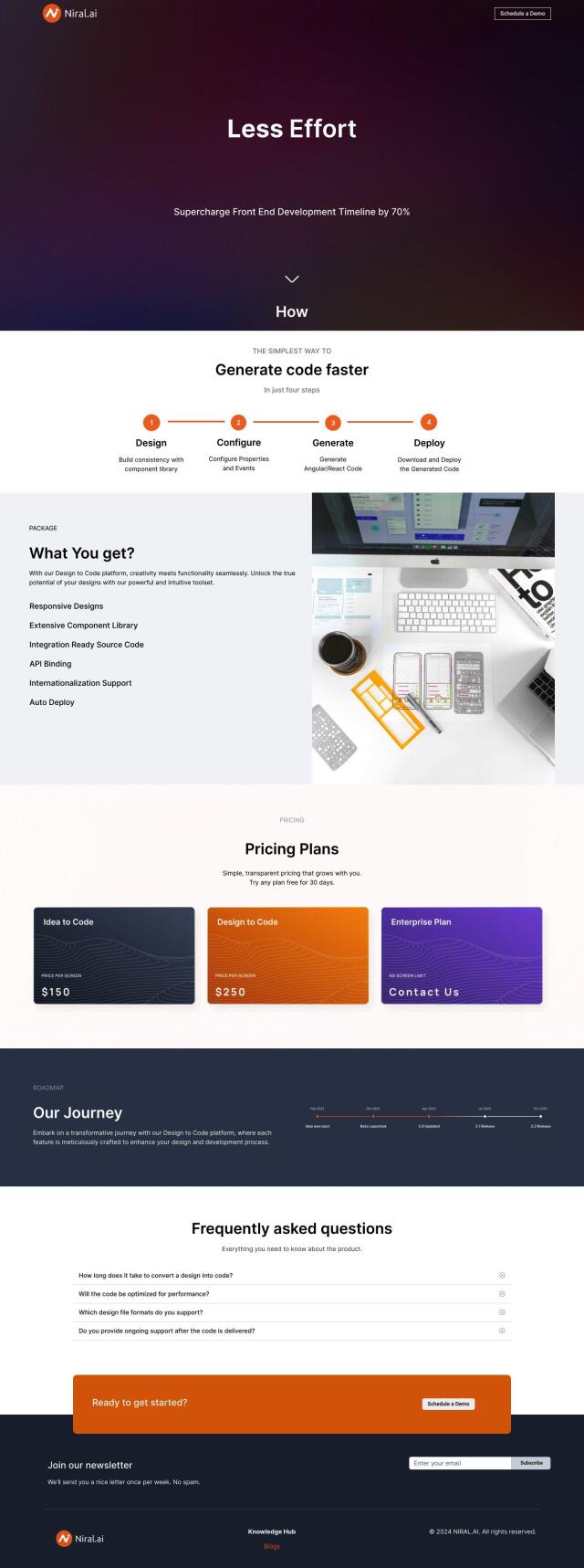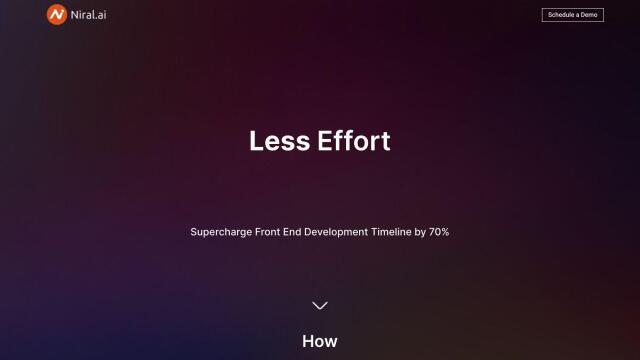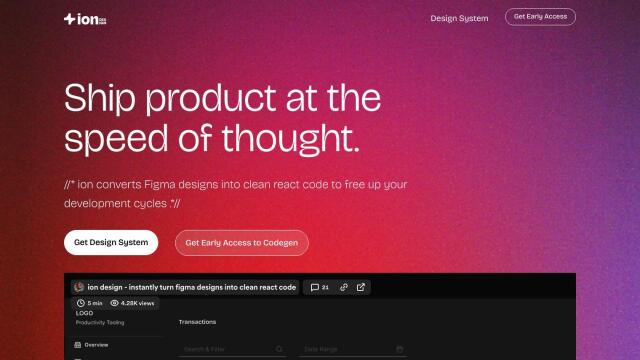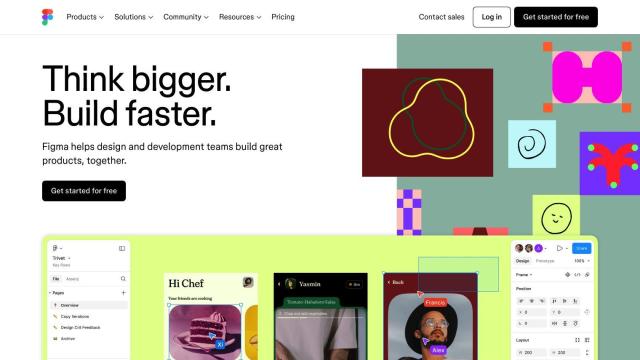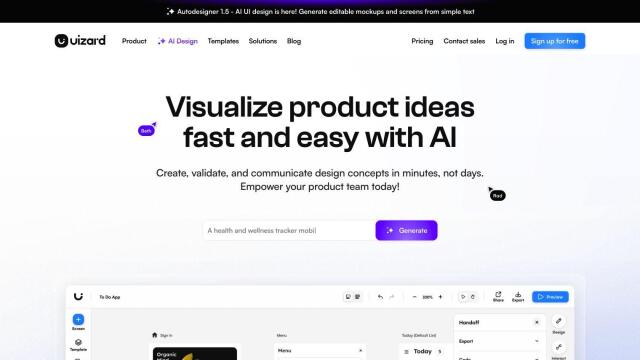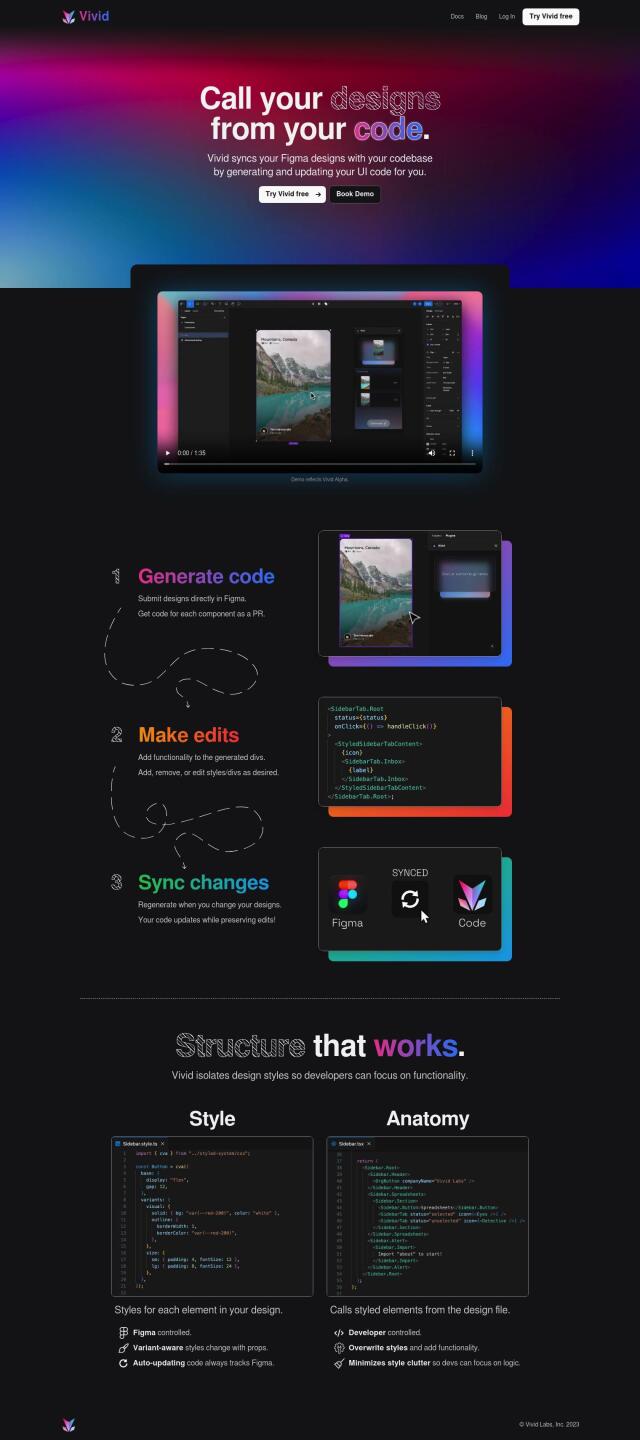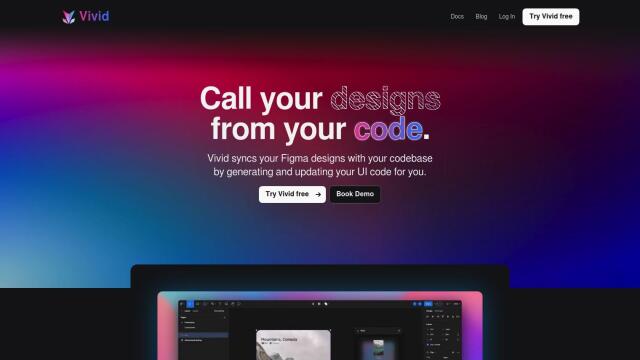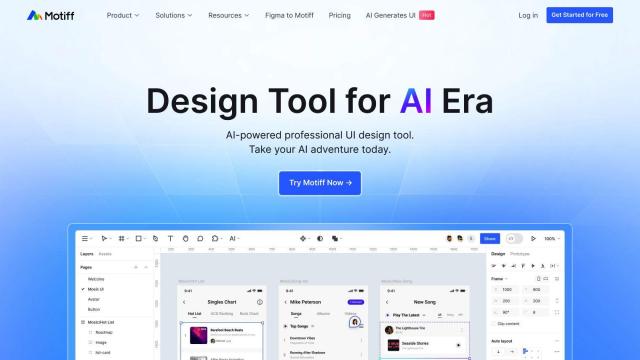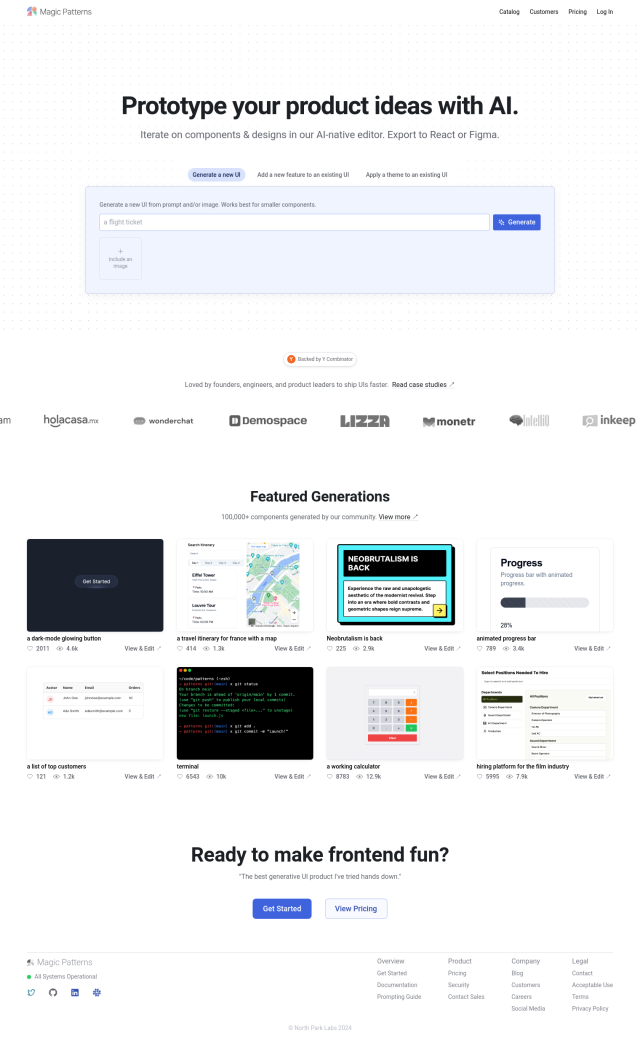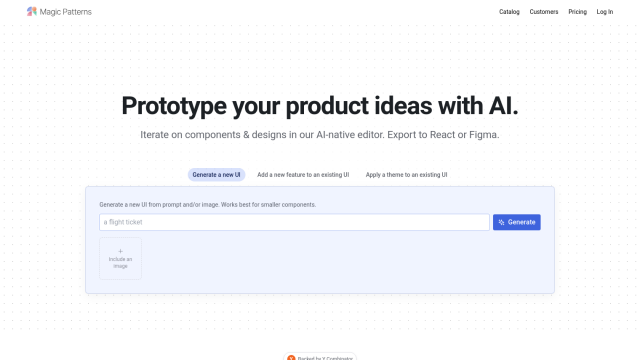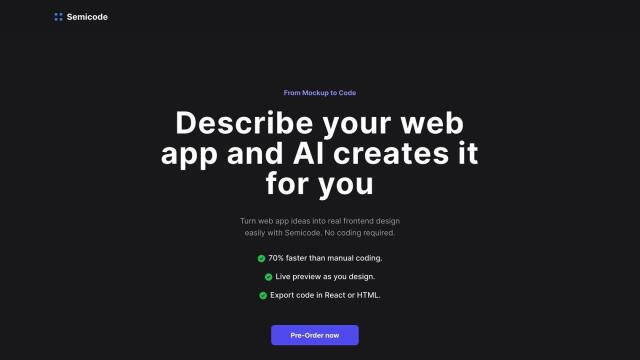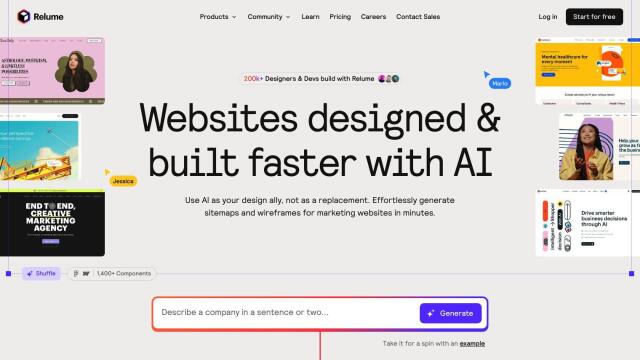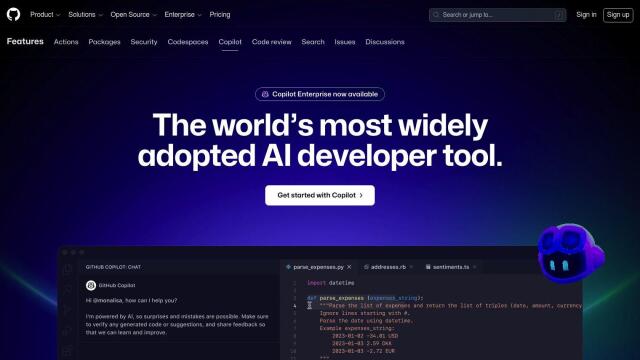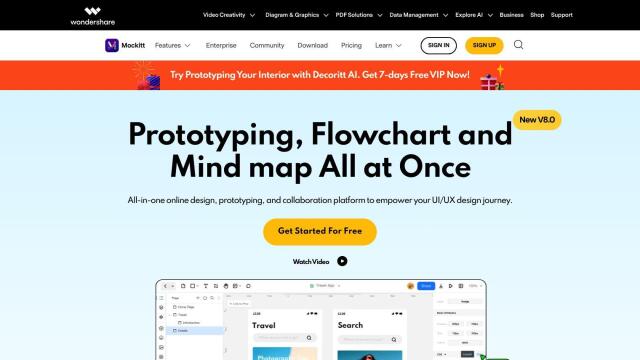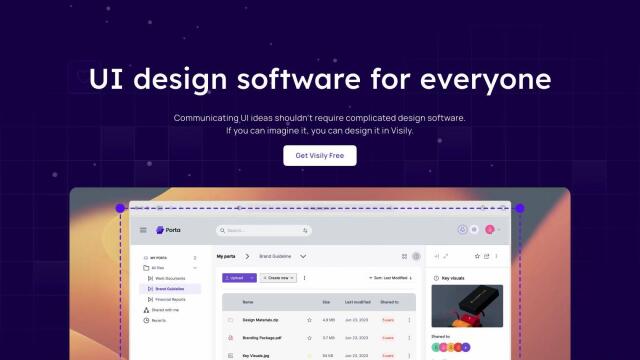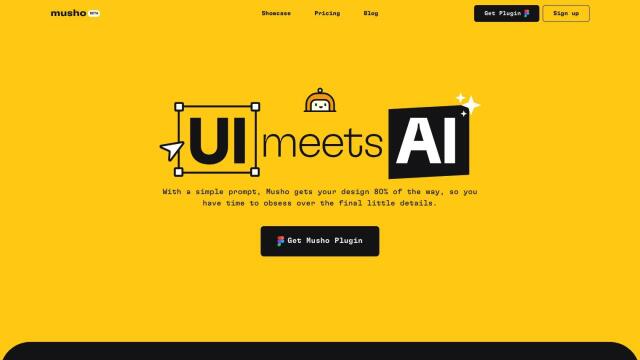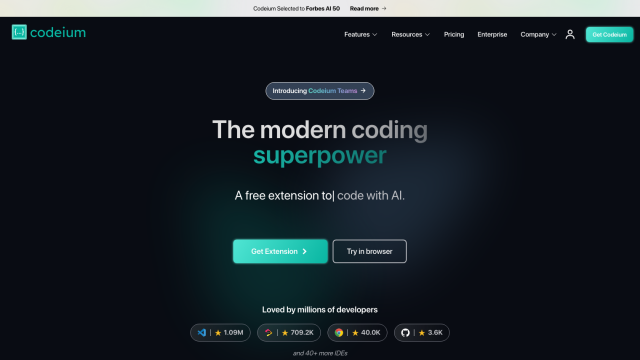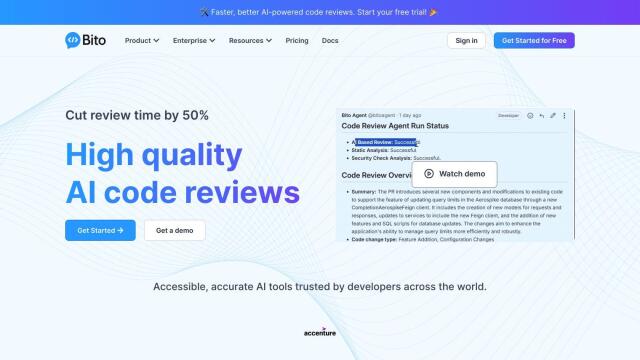Question: Do you know of a tool that helps streamline the design-to-code process, allowing teams to collaborate better and improve digital experience creation?

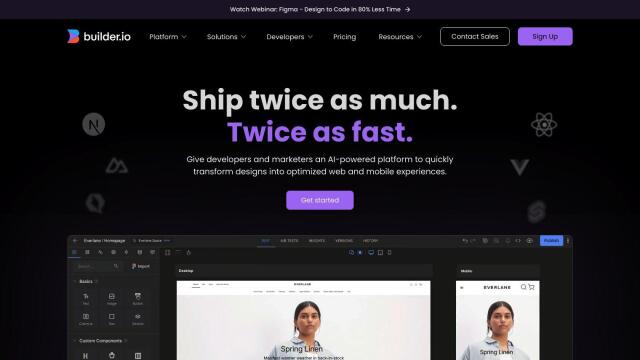
Builder.io
If you're looking for a tool to bridge the design-to-code gap, Builder.io is a top contender. This suite of tools lets developers and marketers convert Figma designs into web and mobile apps using AI. It includes a Visual Copilot that fine-tunes AI-generated code, a drag-and-drop visual editor for real-time collaboration, and support for frameworks like React, Vue and Angular. With features like component mapping, global CDN and image optimization, Builder.io enables better team collaboration and accelerates development workflows.


Kombai
Another top contender is Kombai, which automates the development handoff process by converting Figma designs into proper front-end code. It can output code in React and HTML + CSS, and can integrate with frameworks like Vue, Svelte, Angular and Django. Kombai's AI-based tool produces high-quality code rapidly so developers can concentrate on other parts of their projects. It offers several pricing tiers, so it should be within reach for some budgets and needs.
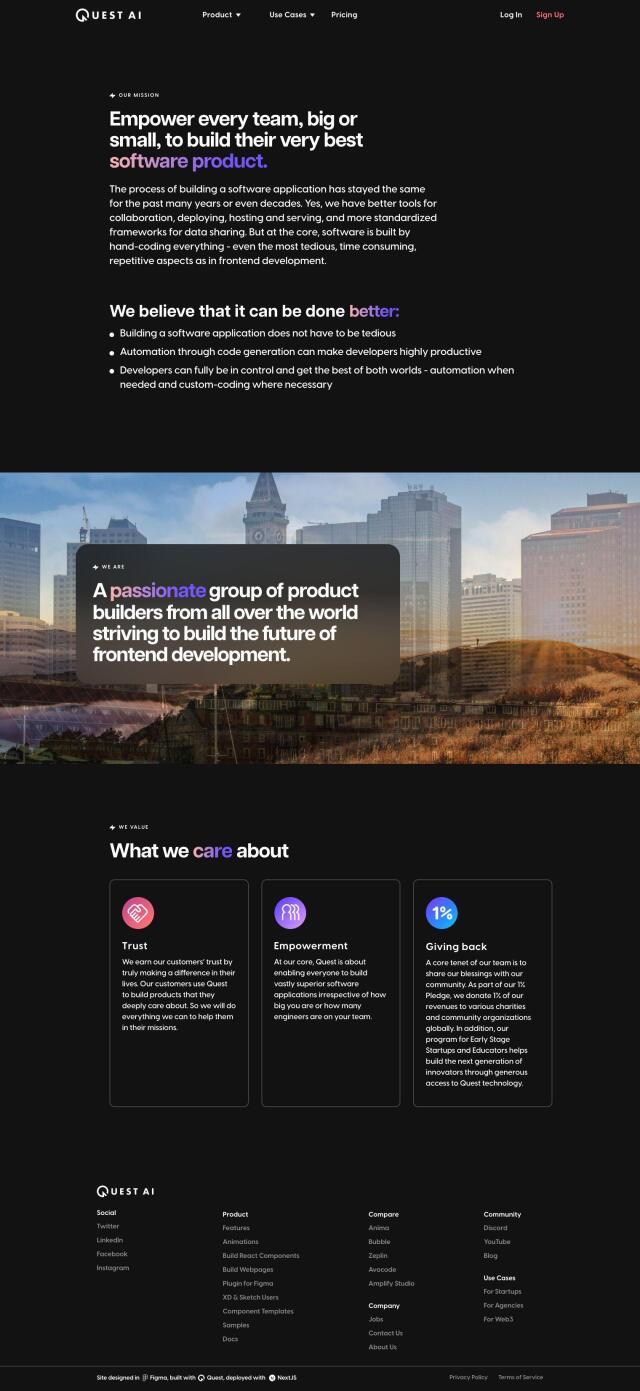
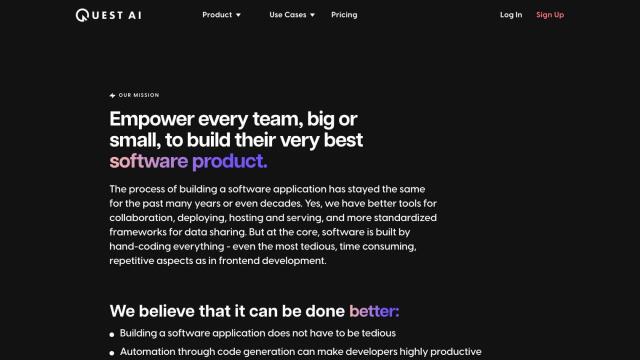
Quest
Quest is another contender. It converts Figma designs into React components, creating responsive, multi-screen experiences with clean, modular code. Quest uses AI models to produce useful code and supports design systems and component libraries. With features like Figma to Code, Animation Library and Clean Code, Quest is geared for development teams that want to improve collaboration and workflow.

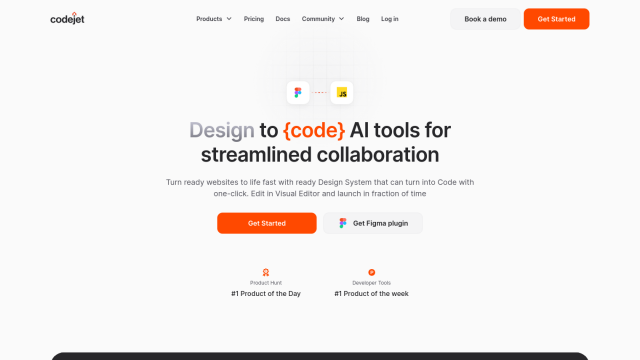
Codejet
If you're looking for a tool that bridges the gap between designers and developers, Codejet could be a good choice. It can generate AI code from Figma designs, has a centralized Design System and a Visual Editor for fine-tuning code with a visual interface. Codejet also comes with a Figma Plugin Assistant for responsive web design and one-click website deployment. The tool is good for improving collaboration and speeding up the design-to-code process even for people who don't have a lot of programming experience.


